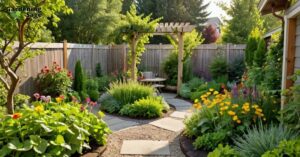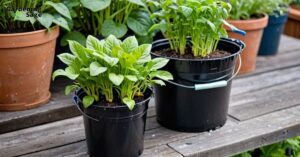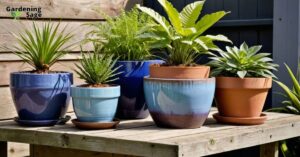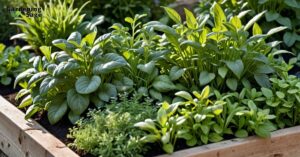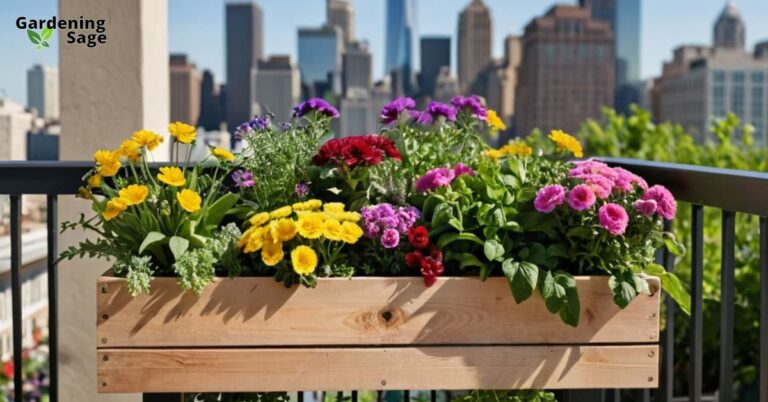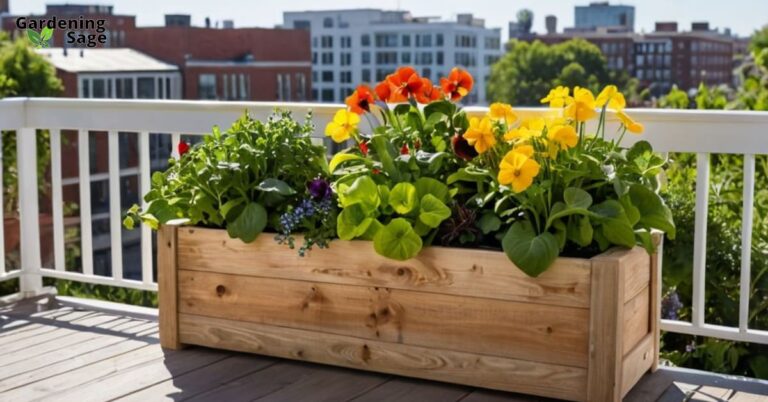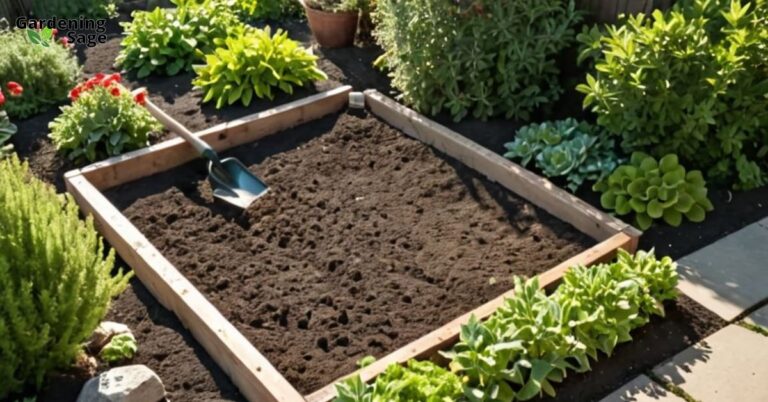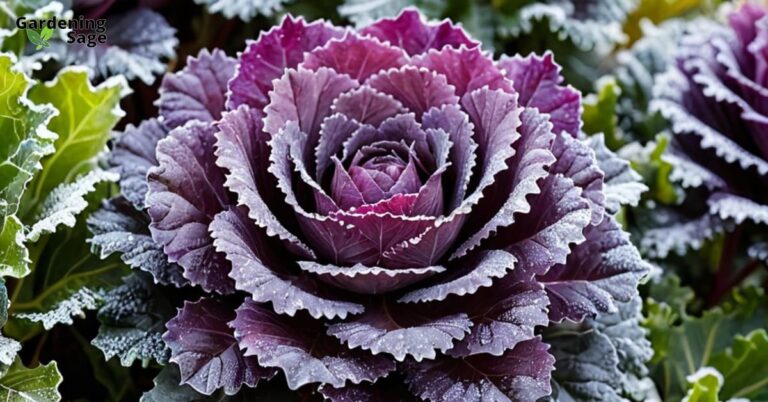The secrets of creating a lush, vibrant garden in the least expected places – the shaded areas! Often overlooked, these spaces offer a unique opportunity for gardeners.
With the right approach, plants that love the cooler, dimmer environments can turn these spots into a green haven.
Join us as we explore how to select, nurture, and celebrate plants that thrive away from the full sun.
Understanding Shade in Your Garden
First things first: understanding the kind of shade in your garden is crucial. Is it a dappled shade, where sunlight filters through leaves? Or deep shade, where sunlight is scarce? The duration and intensity of light your garden area receives will significantly influence your plant choices.
Recognizing these patterns is the first step in planning your shade garden. Remember, what thrives in a forest understorey won’t necessarily flourish in the shadow of a building.
Benefits of Shade Gardening
Shade gardens have a charm that sunny gardens can’t match. They are cool, and serene, and often require less maintenance.
In these gardens, you’re less likely to battle with the scorching sun drying out your plants or with relentless weeds.
Moreover, shade gardening opens up a world of beautiful plants and foliage varieties that can bring a fresh aesthetic to your landscape. From the lush, deep greens of ferns to the vibrant blooms of shade-loving flowers, these gardens can be just as dynamic as their sunnier counterparts.
Selecting the Right Plants for Shade

The cornerstone of a thriving shade garden is choosing the right plants. Focus on species naturally adapted to lower light.
Hostas, with their variety of shapes and sizes, are a shade garden staple.
Ferns, with their feathery fronds, add a touch of elegance. Don’t forget about flowering plants like astilbes and foxgloves, which bring a splash of color.
For ground cover, consider sweet woodruff or English ivy.
When selecting plants, consider their compatibility with your garden’s specific type of shade, soil type, and moisture level. And remember, some plants like rhododendrons and azaleas, while loving shade, also require acidic soil to thrive.
Soil and Fertilization for Shade Gardens
In shaded areas, especially under trees, the soil can be quite different from other parts of your garden. It might be drier, less fertile, or compacted.
Enriching your soil with organic matter can make a world of difference. Compost, leaf mold, or well-rotted manure will improve soil structure, fertility, and moisture retention.
When it comes to fertilizing, a slow-release, organic approach is best. Over-fertilizing can harm your plants, especially in the low-light conditions of a shade garden. Fertilize sparingly, and rely more on building healthy, nutrient-rich soil.
Watering and Maintenance in Shaded Areas
Shade gardens might not need as much watering as sunny areas, but they’re not drought-proof. Be mindful of the specific watering needs of your plants. Some shade-loving plants require consistently moist soil, while others prefer drier conditions.
The key is to maintain even soil moisture. Mulching helps retain water and keeps the soil cool and moist. Regular maintenance tasks like pruning overhanging branches can increase light penetration and improve air circulation, reducing the risk of diseases.
Also, be on the lookout for pests and diseases that might be more prevalent in the cooler, damp environments of shade gardens.
Designing Your Shade Garden
Designing a shade garden offers a unique opportunity to play with textures, foliage colors, and even subtle flowering. The focus is often on creating a serene, green space that feels like a woodland retreat.
Use varying shades of green to create depth – from the light, bright greens of new fern fronds to the deep, rich tones of mature hosta leaves. Incorporate different textures and leaf sizes for visual interest.
Consider adding a water feature, like a small fountain or birdbath, for additional tranquility. Pathways lined with shade-tolerant ground covers or bordered with low-light shrubs can invite exploration and enjoyment of your shade garden.
Overcoming Challenges in Shade Gardening
Every garden has its challenges, and shade gardens are no exception. Limited light can slow growth and reduce flowering in some plants.
Combat this by choosing plants specifically bred for shade and by maximizing whatever light is available. Amend the soil regularly to combat the natural tendency for it to become depleted under trees or next to buildings.
Watch out for slugs and snails, which tend to be more prevalent in moist, shaded areas. Use natural deterrents or traps to keep them at bay.
Shade Garden Magic
Shade gardening opens up a world of horticultural opportunities. With the right approach, a shaded part of your yard can transform into a lush, serene oasis.
Embrace the unique qualities of your space, choose the right plants, and watch as your garden flourishes in the tranquil embrace of shade.


